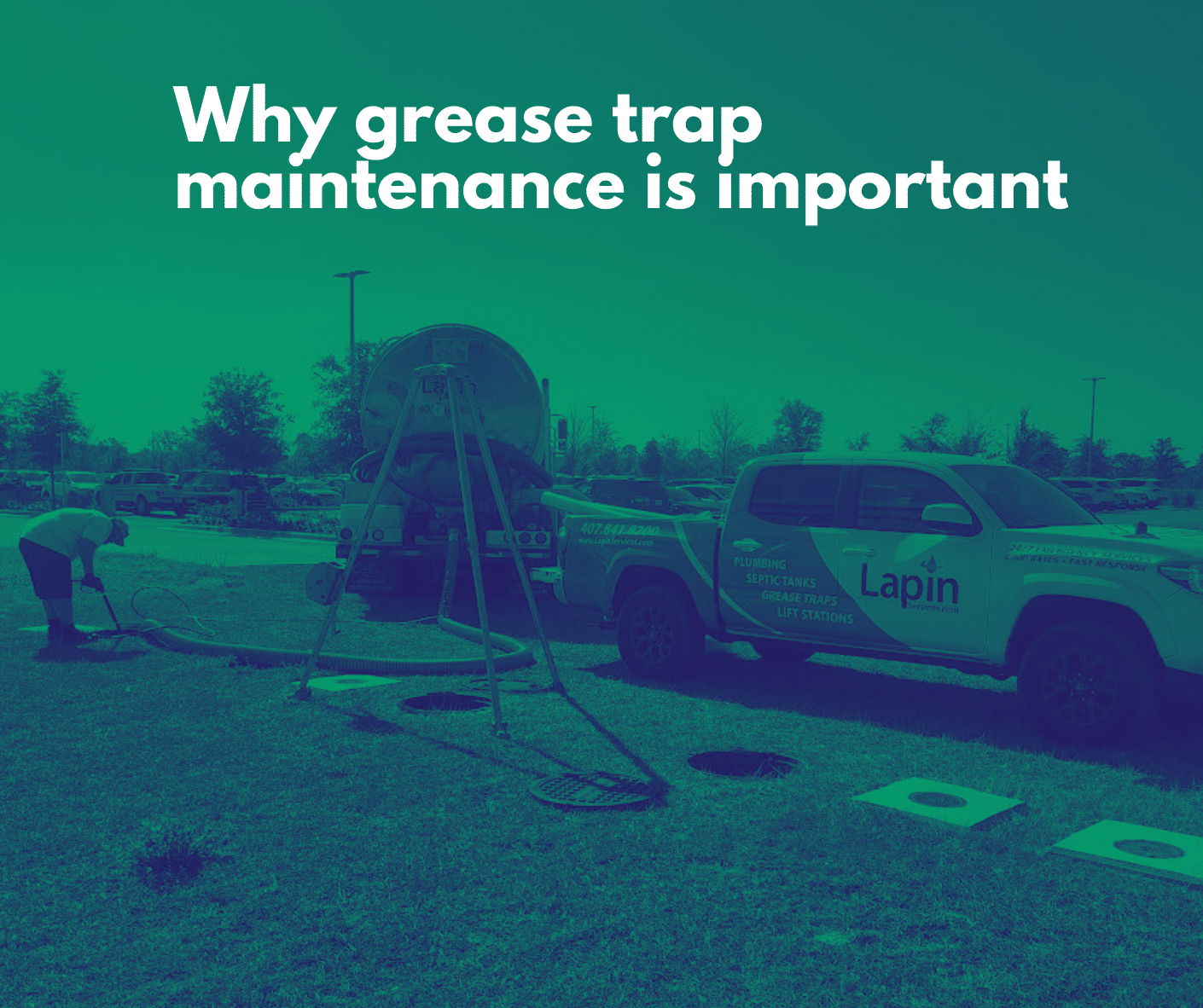Stillwell Septic And Grading Can Be Fun For Everyone
Stillwell Septic And Grading Can Be Fun For Everyone
Blog Article
Examine This Report about Stillwell Septic And Grading
Table of ContentsOur Stillwell Septic And Grading StatementsFascination About Stillwell Septic And GradingStillwell Septic And Grading for BeginnersIndicators on Stillwell Septic And Grading You Need To KnowSome Known Incorrect Statements About Stillwell Septic And Grading The 15-Second Trick For Stillwell Septic And Grading
Repair leaky taps and pipes fixtures. https://stillwell-septic-and-grading.webflow.io/. A leaking commode can waste thousands of gallons of water a day. Take much shorter showers. Strive for less than 5 and do the shower jive. Take baths with a partially-filled bathtub and do not leave the tap running when doing other tasks. Wash only full loads of dishes and laundry.
How Stillwell Septic And Grading can Save You Time, Stress, and Money.
Stay clear of shedding piles of fallen leaves or branches over the drainfield, as the heat can harm the plastic pipelines listed below. Limit the enhancement of topsoil or compost to no greater than a couple of inches over the drainfield. Septic Tank Pumping. A good general rule for landscaping over drainfields is to make use of shallow-rooted plants that do not need added topsoil to thrive
Yard is the best cover. Stay clear of trees, shrubs, and water-loving plants with deep roots. Yards, mixed wildflowers, and ground covers with superficial origins are good options. Plant trees and bushes a minimum of 30 feet away from your sewage-disposal tank and drainfield to keep roots from getting involved in and breaking or blocking the drainfield pipelines.
A septic system failing triggers without treatment sewage to be released and delivered to where it must not be. This may cause sewage to come to the surface area of the ground around the container or the drainfield or to back up in pipelines in the structure.
Some Known Factual Statements About Stillwell Septic And Grading
The person that falls in obtains out without severe injury. But a youngster's unfortunate death is a suggestion to check your septic system for damaged or missing out on covers. Proprietors of septic systems are in charge of guaranteeing the systems are safe and feature appropriately, including having a safe lid on the storage tanks
Routinely evaluate the condition of the covers for hazards or issues. Maintain the lids safe and secure by repairing or changing all damaged or missing components. Use bolts, screws, or various other locks to secure the lids and stop find out here very easy access. Never drive or park lorries on top of septic systems- it can harm or displace the cover.
The Main Principles Of Stillwell Septic And Grading
Make certain the covers are protected after working with your septic tank. Show youngsters that the septic system lids are not to be played on or opened. Have septic systems that are no more being used correctly decommissioned. For various other general secure techniques around septic tanks please evaluation the Septics 201 DIY Program Septic Security Tips.
Noting the levels will help determine if there is a potential issue with the system. After that, the storage tank will certainly be entirely pumped down, getting rid of all of the liquid and strong waste. When the container is totally pumped, the inlet and electrical outlet tees of the will certainly be examined to guarantee they are still undamaged and working properly
Stillwell Septic And Grading Things To Know Before You Buy
If you are home at the time of service (entirely not called for if that's not your thing) you may be asked to purge your commodes to make sure every little thing is streaming properly. When the solution is complete, the septic storage tank will certainly be covered as it was when we arrived! Professionals advise having your system pumped every 3 to 5 years but a number of variables ought to be taken into consideration when choosing exactly how often your sewage-disposal tank requires to be serviced.

If you are experiencing odors in your house, provide us a phone call. This might be an indicator of an impending septic back up! Possibly. If your septic has actually not been serviced in even more than 6 months, we would want to service the septic. If the problem lingers, a drainpipe cleaner will then be sent out to clear the line to the septic system.
Facts About Stillwell Septic And Grading Uncovered

If the ponding is concentrated over the leach area that might suggest a leach line is obstructed with Bio-Mat and needs to be repaired or changed. Most septic containers have two to 3 covers; one over the inlet side of the septic storage tank (where the water from your home gets in the storage tank), one in the facility of the tank, and one on the outlet side of the container (where the liquid from the storage tank leaves to your leach field).
Cut up food particles do not break down in the sewage-disposal tank and can make their way out right into your leach area lines triggering obstructions. Waste disposal unit, also those significant septic safe, are ruled out useful for your septic tank. Proper working degree is where the water level in your storage tank meets the outlet tee of the container.
Report this page